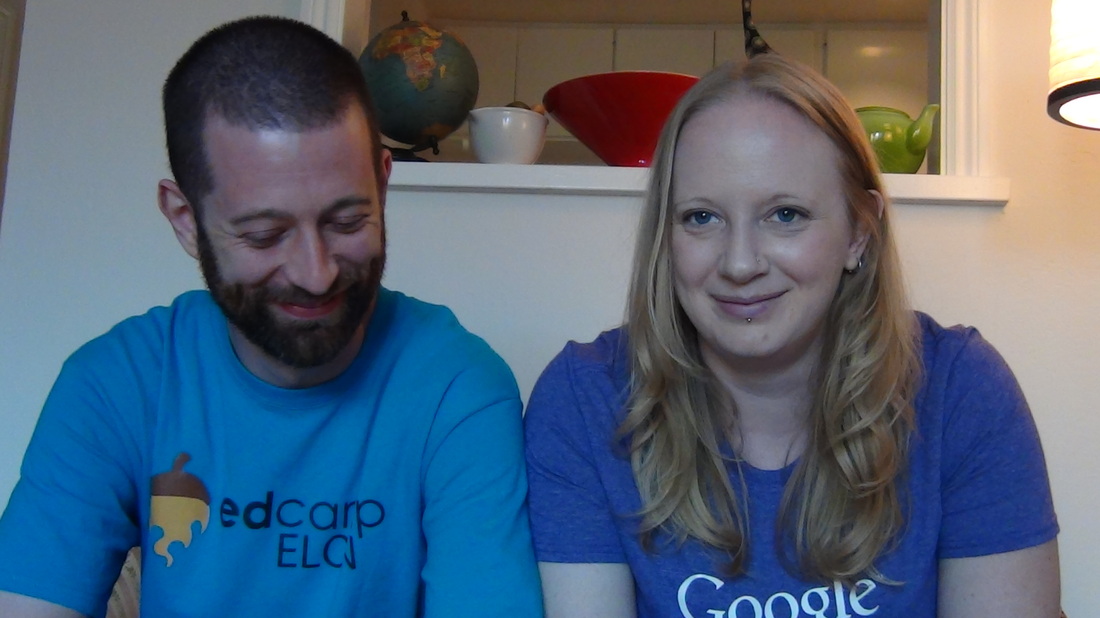The outage affected almost 25.000 people, and left us with no electricity for nearly two hours. The kids were confused at first ("Can I still charge my phone?" "Can we watch a movie?" and my personal favourite: "I can't look that up on my phone. There's no electricity right now!"). And it did minority disrupt my plan for class - we were going to do a patterning exercise with "Hero at 30,000 Feet," and then watch particular scenes back to determine what visuals helped to create the overall effect.
So that was out. While my laptop doesn't need electricity to run, to show it we need speakers, an LCD projector, and of course….power.
Thankfully, Andrew and I, in co-planning our classes, had dozens of things waiting to drop into its place. We are currently teaching exactly the same curriculum - something that wasn't really possible last year because of the vast differences between our students. But this year, our students are pretty close in ability and need, so we are not exactly in lockstep, but we do follow a roughly similar plan most days.
Now, I work at an arts school. Most students don't choose EBA because they are visual artists, but many do. We also are an arts school without any visual arts classes. We have digital media, yearbook, journalism, leadership, puppet-making (i.e. "English Support"), drama, digital music production, choir, and a wide range of student-run workshops on the monthly choice days (more on that in another post). For a school with about 250 students, that's a pretty staggering elective offering.
As a staff, to compensate for the fact that we don't have visual arts classes, we try to integrate the visual arts into our core classes. So an activity Andrew and I crafted was around assessing student understanding of the TED Talks we've shown - The Mysterious Working of the Adolescent Brain, How to Learn Anything in 20 Hours, The Power of Belief - Mindset and Success, and School Kills Creativity - by depicting the most important content into a poster. The guidelines are:
- Must depict the important content of the video visually
- Use words only where necessary
- Someone looking at your poster should be able to A) tell what video it is, and B) learn all the relevant content from looking at it.
That's pretty challenging for densely-packed TED Talks like these. We thought it would be good for students to practice once before the one on which they would be assessed.
Another of our daily routines is to watch a short YouTube video. Generally, these are educational (such as many of the vlogbrothers' videos) but sometimes, they are just fun. We asked students to choose from the list of videos we'd watched (from a library of about 30 videos) and do a visual depiction of that video.
When the power went out, the choice became really easy.
I took these pictures while they were working on the drawings. I call it, "No Power, Fully Engaged."


 RSS Feed
RSS Feed
